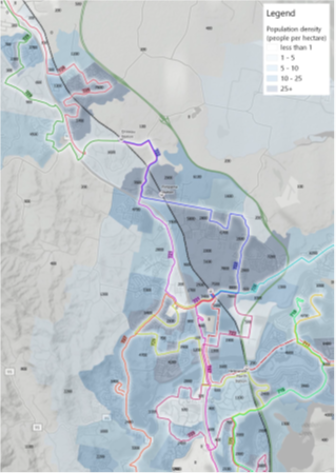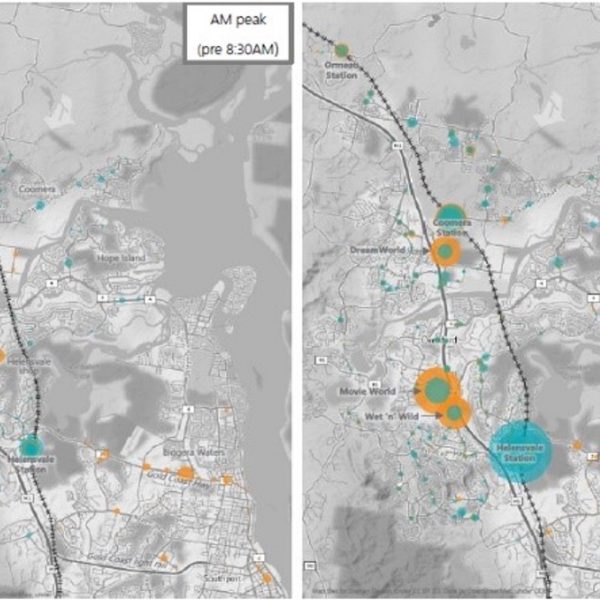
Coomera Connector bus network strategy
End client
Department of Transport and Main Roads (South Coast Region)
Services
Location
As a part of the Coomera Connector detailed business case VLC was engaged by TMR to develop a bus network strategy for the urban areas around Coomera, Pimpama and Ormeau, with this network to be used in the detailed business case modelling.
Client requirements
As part of the development of a well-rounded business case, TMR needed the modelling team to consider how public transport can leverage the Coomera Connector infrastructure. To do this VLC was required develop bus networks which consider the existing and likely future demand for bus services in the project study area (areas around Coomera, Pimpama and Ormeau), in combination with the relevant transport and land use plans and strategies. This analysis was synthesised into base and project case bus networks to be used in the business case modelling.
Delivered outcome
In developing the bus network strategy for this exercise VLC considered current and likely future conditions in the study area. This included an assessment of demographics in the study area, with a focus on understanding population growth as well as employment growth at the Coomera employment hub. VLC identified the key public transport origins, destinations and movements through analysis of ABS Census and TransLink journey data. VLC also reviewed the relevant plans, strategies and studies related to the northern Gold Coast to inform network design and ensure that the strategy developed in the study was consistent with these plans. The Gold Coast Northern Area Transport Study (GCNATS) was a key input to the network development process, with the network developed in this project very consistent with GCNATS. The base case bus network was designated as a world in which buses did not use the Coomera Connector, while in the project case buses were able to use the motorway. Once the makeup of the bus networks was decided on, these networks were coded into the Zenith strategic model to be used in the detailed business case.
Related projects
> Coomera Connector
> Coomera Connector future stages business case

